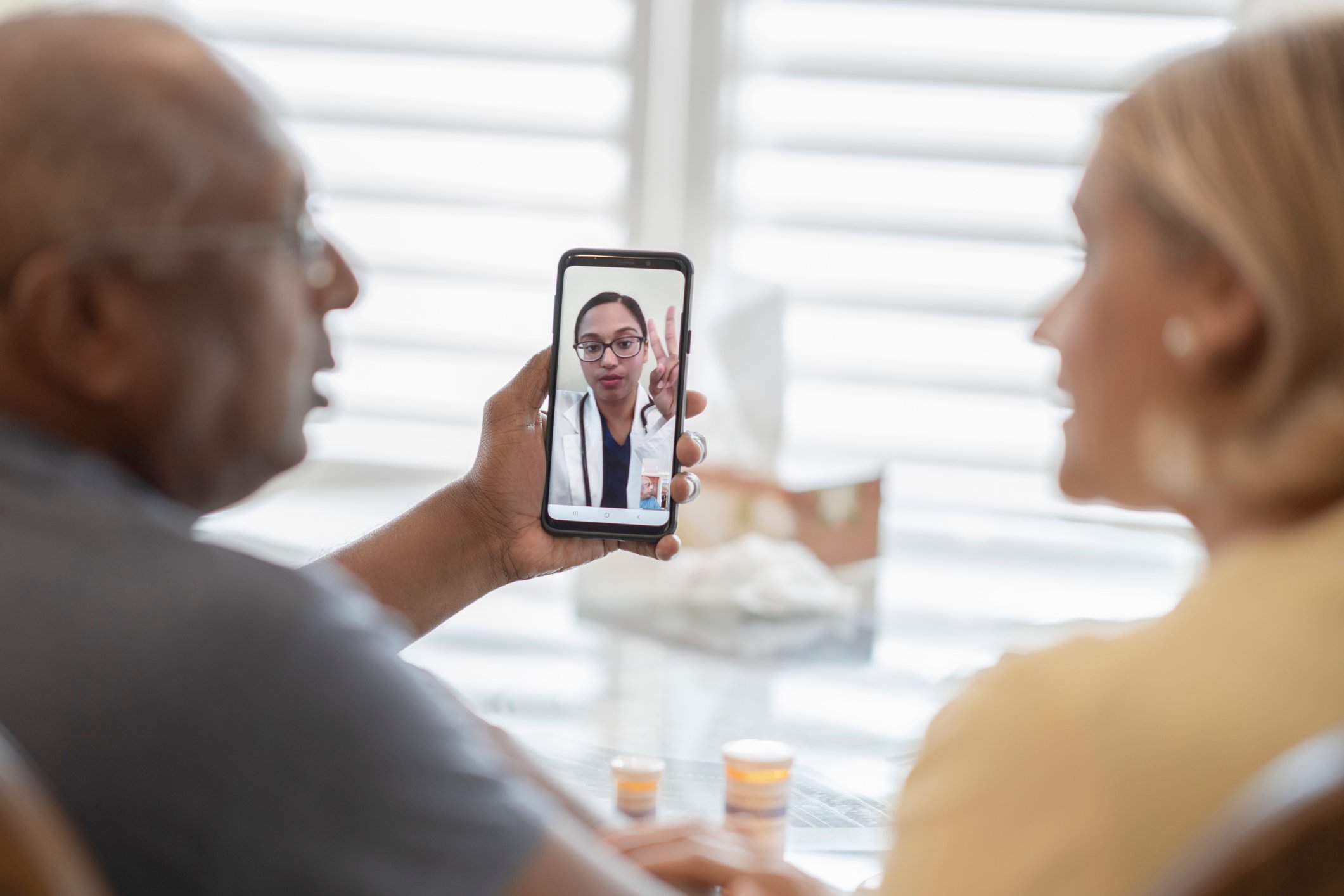

By Jared Talbot, BSN, MSN, RN | Jan 29, 2021
Much fewer words have been dedicated to leveraging the victories of 2020 than capturing the difficulties. As a trained nurse and Epic EHR analyst working with facilities across the country, I have witnessed firsthand how telemedicine is one of those victories that provides far-reaching benefits to patient care moving forward. That is if we are willing to “lean in” and further integrate telemedicine into our healthcare approach moving forward.
Within the Epic-based facilities that I support, the number of telehealth visits increased from an average of 8.5 telehealth visits per month to over 250 in response to the pandemic. According to CDC reports, the number of telehealth visits increased by 154% compared with the same period in 2019. While these dramatic increases may balance out from their emergency-related peak, there’s no question that telemedicine will remain at the forefront of healthcare delivery.
Five ways to enhance telemedicine delivery in 2021:
Defining processes and operationalizing telemedicine visits across your EHR, Ambulatory, and Patient Portal systems requires effort. Yet the benefits are found in delivering more consistent and convenient care. Here are 5 potential ways to get more from the virtual visit in 2021:
1. Think outside the primary care physician box.
Telemedicine is not limited to the four walls of primary care. Specialists can take advantage of virtual care with new and established patients. Creative clinical thinking and decision trees can help narrow down the specific reason why a patient should be seen in a traditional clinic setting. Specialists can perform a virtual consulting visit before any tests or procedures. After tests or procedures are complete, physicians can follow-up via a telehealth visit to discuss results and next steps with the patient. Understandably, actual auscultation or palpation may be required to form a complete diagnosis, but virtual visits can help you progress toward diagnosis. Combine traditional visits with other procedural appointments to streamline the time spent in the office.
2. Use analytics to reveal challenges with telemedicine.
Reports that compare telemedicine visit metrics between two or more similar practices can be very revealing. Ask the question: "Why does family medicine clinic A has twice as many successful telemedicine visits as family medicine clinic B?" Staff champions can troubleshoot and coach teams that are struggling with scheduling, implementing, and executing successful telehealth visits. If the clinic is isolated and a similar comparison isn’t available, use its data to evaluate success. Compare traditional visits with telehealth visits and set goals to increase the telehealth visits with specific providers or visit types.
3. Teach and empower your patients - virtually.
Patients are increasingly taking healthcare matters into their own hands and choosing what’s best for them. Don’t be afraid to teach patients what to look for, how to palpate, and how to measure their blood sugars, heart rate, and important health metrics. Last year, Obstetricians were virtually teaching expecting mothers to measure fundal height. Cardiologists were virtually instructing patients to properly measure blood pressure and palpate pulse, assessing for regularity and strength. Find ways to empower the patient to take control of their health and enable more effective virtual visits.
4. Enable proxy access for patients who need extra tech-support.
Many telehealth platforms support multi-party or proxy access to allow a patient and their delegate to join a video visit. This is an option for individuals who find participating in virtual visits challenging. Contact the patient ahead of time to see if they feel comfortable setting up a telehealth appointment or if they want to authorize a friend or family member to help them complete the virtual visit.
5. What about pediatrics?
Unfortunately, children’s immunization and health care checks dropped dramatically last year. Parents were uncertain about bringing their healthy child into a clinic for annual check-ups and immunizations. Telehealth can help bridge that gap, re-establish immunization schedules and annual visits. Pediatric clinics can utilize a virtual visit to review growth and development milestones, then answer any questions regarding the patient's next immunization. Scheduling an immunization-specific visit allows a quick turnaround time for patients. Patients can be checked-in online or via phone, and seen quickly to review questions or concerns with receiving the immunization, vaccination administration, and observation, and sent on their way. Some pediatricians have limited patient exposure by providing curb-side immunizations and test administration alongside virtual consultations.
6. Bonus: Get the Medical Assistants involved.
Some telehealth platforms allow a patient to be staged in a virtual waiting room. The Medical Assistant (MA) can first connect to the virtual visit, review the chief complaint, review history, reconcile medications, and complete other tasks. The MA can then place the patient back in the virtual waiting room for the provider to complete the visit. Workflows that incorporate the MA can lead to better telehealth success and allow the provider to focus on the nature of the visit.
Considering the workflows and processes around the virtual visit can help your organization leverage telemedicine more effectively moving forward. And that leads to better patient care, which is the victory we will all claim from 2020.
Clinical Informatics Specialist, CereCore
Clinical Informatics Specialist, CereCore
Let us know how we can support your initiatives and take some of the heavy lifting from healthcare IT.
© All Rights Reserved CereCore Terms of Service California Notice at Collection Privacy Policy Responsible Disclosure